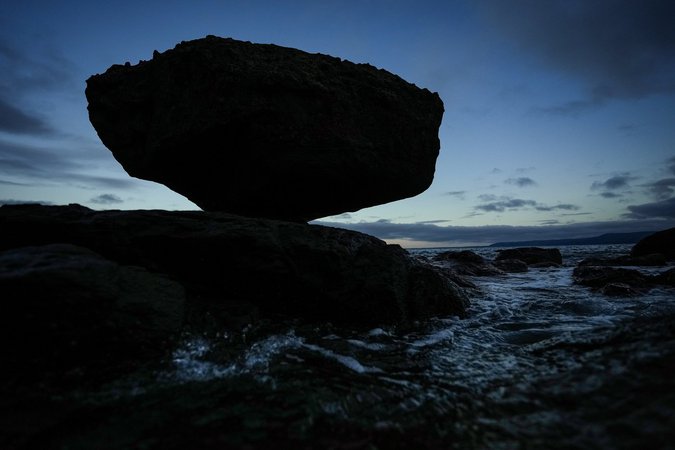Scientists have captured the first detailed images of the meeting of two tectonic plates off the coast of northern British Columbia, an area they say has the potential to generate the largest “megathrust” earthquakes and tsunamis.
The images confirm what appears to be a rare geological occurrence, a subduction zone in its “infancy,” the study by U.S. and Canadian researchers shows.
The paper, in the peer-reviewed journal Science Advances, says the Queen Charlotte plate boundary features the beginnings of such a zone, where one plate slides under the other.
The plate boundary that extends from the southern tip of Haida Gwaii to southeast Alaska was the site of Canada’s two largest earthquakes in recent history — a magnitude-8.1 quake in 1949 and the magnitude-7.8 quake in 2012.
Co-autho

 Lethbridge News NOW
Lethbridge News NOW

 Western Investor
Western Investor CBC News
CBC News CTV News
CTV News  CBC News Toronto
CBC News Toronto Raw Story
Raw Story The List
The List